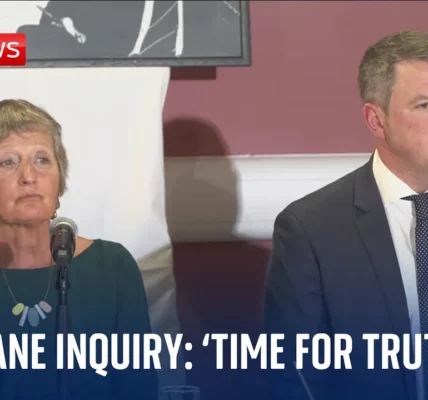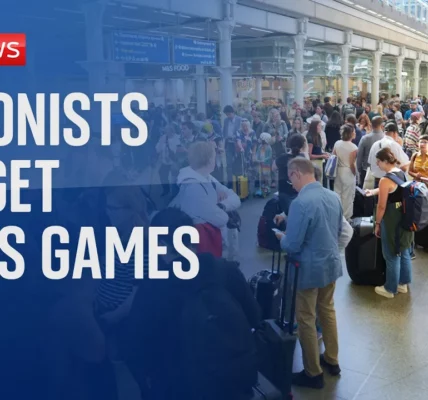This Used to Be a Multi-Story Building – The Aftermath of Israeli Strikes

The recent Israeli airstrikes in Lebanon and Gaza have left a trail of destruction and significant civilian casualties. This article delves into the events surrounding these strikes, the humanitarian crisis that has ensued, and the broader implications for regional stability.
Introduction to the Crisis
The devastation witnessed in Lebanon and Gaza due to recent Israeli airstrikes has sparked widespread condemnation and concern. The aerial bombardments have not only flattened buildings but have also shattered the lives of countless civilians, including vulnerable populations such as children and the elderly. As the rescue efforts continue amidst the rubble, the international community grapples with the implications of these military actions on humanitarian grounds and regional security.
Overview of the Airstrikes
The airstrikes in question were primarily targeted at a nine-story building in a Syrian neighborhood, which housed 18 apartments. This building was reportedly believed to contain top Hezbollah commanders meeting underground. However, the reality on the ground was far more tragic, with numerous civilians residing in the structure.
The Scene of Destruction
The aftermath of the airstrikes paints a harrowing picture of devastation:
- Flattened buildings and debris strewn across the neighborhood.
- Rescue workers struggling to locate missing individuals, including children.
- Personal belongings of residents still visible among the wreckage, highlighting the human cost of the strikes.
Civilian Impact and Humanitarian Concerns
The Israeli military’s justification for the strikes was based on intelligence reporting the presence of military leaders. However, the surrounding residential areas were heavily populated, raising significant concerns regarding civilian safety.
Casualty Figures and Reports
The reports indicate a staggering number of civilian casualties:
- Over 30 civilians confirmed dead.
- A significant number of those killed were women and children.
- Ongoing rescue efforts have yielded little hope in finding survivors.
International Reactions
In the aftermath, Lebanese cabinet ministers have labeled the attacks as war crimes, arguing that the indiscriminate nature of the bombings cannot be justified. The call for international accountability has intensified, as the death toll continues to rise.
Escalation of Conflict
This recent escalation marks the third Israeli attack in Lebanon within a week, creating an atmosphere of fear and anxiety among the population. The intensity of the bombardments has raised alarms about a potential broader conflict.
Hezbollah’s Response
Hezbollah’s leadership has vowed to retaliate, indicating a possible escalation in violence. Key points include:
- Hezbollah’s threats of revenge for civilian casualties.
- Concerns about the conflict spilling over into a wider regional war.
- Calls for a ceasefire from various international bodies, including the United Nations.
Continued Violence in Gaza
The situation in Gaza remains equally dire, with reports of airstrikes targeting schools and shelters for displaced persons. The humanitarian crisis intensifies as civilian casualties mount.
Impact on Civilian Life
Gaza Health officials have reported the following tragedies:
- Numerous children have been killed, including infants.
- Widespread destruction of homes and civilian infrastructure.
- Orphaned children and widows among the victims, deepening the humanitarian crisis.
Conclusion and Call to Action
The recent Israeli airstrikes in Lebanon and Gaza have not only led to a significant loss of civilian life but have also reignited fears of a broader conflict in the region. As the international community watches closely, it is imperative that global leaders advocate for an immediate ceasefire and prioritize the protection of civilians in conflict zones. The lives of countless innocents depend on swift action and a commitment to peace.
For further reading on the humanitarian impact of conflict and the need for international intervention, visit our related articles.
“`




